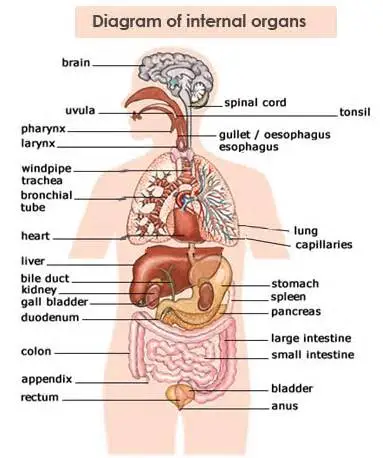CARDIOVASCULAAR DISEASE

Cardiovascular system is a part of the circulatory system that circulate blood. Cardiovascular system also includes lymphatic system.
Circulatory system and cardiovascular system commonly used interchangeably to describe blood circulation.
Cardiovascular system
The cardiovascular system consists of the heart, blood and blood vessels. The heart is essentially a pump that moves blood through the vessels. It has two sides, each of which has two chambers. The best-known function of a circulatory system is perhaps the transport of inhaled oxygen from the lungs to body’s tissues. In the opposite direction to be exhaled.
oxygen poor blood
Basically, oxygen-poor blood from the body returns to the right side of the heart, where it is pumped to the lungs. In the lungs blood picks up oxygen and release carbon dioxide.
Oxygen-rich side of the heart. This part of the system is called the pulmonary circuit. for more information visithttps://yubloger.com
MUSCULAR SYSTEM

The muscular system is made up of over 600 muscles. The primary purpose for the muscular system is to provide movements for the body. These muscles receive their ability to move the body through the nervous system.
The five major properties of muscular system.
1.MUSCLES ARE EXCITABLE OR IRRITABLE:
This mean that they are capable of receiving stimulation and responding to stimulation from the nerves.
2.CONTRACTIBLE:
After receiving stimulation, they are capable to contracting or shortening.
3.EXTENSIBLE:
A muscle can be stretched without damage by application force.
4.ADOPTABILITY:
The muscular system is adoptable in that it can be changed in response to how it is used.
5 TYPES OF MUSCLES MOVEMENT
1.ADDUCTION:
It is moving of a body part toward the mid-line of the body.
2.ABDUCTION:
Moving a body part away from the body.
3.FLEXION:
Bending a joint to decrease the angle between two bones or two body parts.
4.EXTENSION:
These straightening and extending of the joint to increase the angle between two bones or body part.
5.ROTATION:
Rotation involves moving a body part around on axis.
TYPES OF MUSCLES
The muscular system is divided into three types of muscles and each of these types can be moved by one of two ways either voluntary or involuntary.
1.CARDIAC MUSCLES:
The cardiac muscles is an involuntary muscle meaning it operates without any conscious control these muscles from the walls of heart and controls circulates the blood.
2.VISCERAL/SMOOTH MUSCLE:
These muscles are also considered as involuntary muscles. These muscles are found in organ system such as digestive system and respiratory system.
3.SKELETAL MUSCLES:
These muscles attach to the skeleton and provide the skeleton with the ability to move. The skeleton muscles are classified as voluntary muscles that is because we have to make a conscious efforts or decision to make them move.
DIGESTIVE SYSTEM

This is one of the most diverse and complicated systems in the human body. It’s part continuously works in unison to fulfil a singular task, transferring a raw material of your food into the nutrients and energy that keep you alive.
The digestive system has four major components
1.GASTROITESTINAL TRACK:
It is a twisting channel that transport your food and has an internal surface area of between 30 to 40 square meters.
2.PANCREAS GALLBLADDER AND LIVER:
A trio of organs that breaks down the food using an array of special juices.
3.THE BODY ENZYMES, HORMONES, NERVES AND BLOOD:
All works together to break down food, modulate the digestive process and delivers its final products.
4.MENSENTTERY:
A large stretch of tissues that supports and positions all your digestive organs in the abdomen, enabling them to do their jobs.
The digestive process begins before food even hits the tongue. Anticipating a tasty morsel, gland in your mouth starts making saliva. We produces about 1.5 liters of this liquid each day.

No Responses